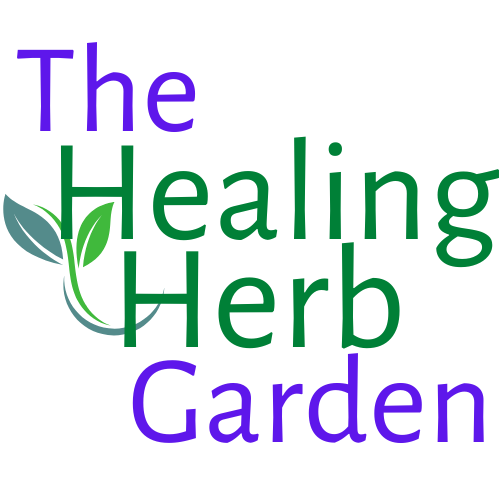Herbal Monograph: Calendula (Calendula officinalis)
Botanical Name:
Calendula officinalis L.
Common Names:
Calendula, Marigold, Pot Marigold, Garden Marigold, Common Marigold, Scotch Marigold
Family:
Asteraceae (Aster family)
Plant Description:
Calendula is an annual herb that grows to a height of 30–60 cm (12–24 inches). It features bright, yellow to orange, daisy-like flowers with a central disc surrounded by numerous petal-like rays. The plant has rough, dark green leaves with a slightly wrinkled texture. The flowers have a characteristic aroma and bloom throughout the summer and into fall, making Calendula a popular ornamental garden plant. Calendula is native to southern Europe, but it is now cultivated in many parts of the world for both ornamental and medicinal purposes.
Habitat and Distribution:
Native to southern Europe, Calendula has become widespread throughout the world. It thrives in temperate climates and is commonly grown in gardens as both an ornamental and medicinal plant. Calendula is tolerant of a wide range of soil types and can grow in sunny, well-drained locations.
Parts Used:
- Flowers (fresh or dried)
- Leaves (occasionally)
- Seeds (occasionally)
Constituents:
- Triterpenoid saponins (calenduloside)
- Flavonoids (quercetin, kaempferol)
- Carotenoids (lutein, zeaxanthin, β-carotene)
- Essential oils (isomeric terpenes, including β-caryophyllene)
- Polysaccharides (including mucilage)
- Tannins
- Resins
- Anthocyanins
Traditional Uses:
Calendula has a long history of use in traditional medicine, particularly for skin care, wound healing, and as an anti-inflammatory. It was used by ancient Greeks and Romans to treat a variety of ailments, and its use has persisted through the centuries.
-
Skin Healing and Wound Care:
Calendula has been used topically for centuries to treat cuts, burns, scrapes, and other skin injuries. It promotes wound healing by stimulating tissue regeneration, reducing inflammation, and preventing infection. It is commonly used in creams, ointments, and oils for treating minor skin injuries, rashes, and even surgical wounds. -
Anti-inflammatory and Antiseptic:
Calendula has potent anti-inflammatory properties, making it useful for conditions such as eczema, dermatitis, and other inflammatory skin disorders. Its antiseptic qualities help prevent infections and promote healing of minor skin irritations. -
Digestive Health:
Calendula has been used internally to soothe and heal the digestive system. It can help reduce inflammation in the stomach and intestines, making it useful for conditions such as gastritis, peptic ulcers, and irritable bowel syndrome (IBS). It is also a mild laxative. -
Menstrual and Uterine Health:
Traditionally, Calendula has been used as a remedy for menstrual cramps, delayed menstruation, and as an emmenagogue (to promote menstrual flow). It is also sometimes used to ease uterine inflammation or afterbirth care. -
Antioxidant and Immune Support:
The flavonoids and carotenoids in Calendula have strong antioxidant properties, helping to protect the body from free radicals and oxidative stress. It is often included in herbal formulas to support immune function.
Modern Applications:
-
Skin Care:
Calendula is widely used in the cosmetic and pharmaceutical industries for its skin-healing properties. It is incorporated into creams, balms, lotions, and oils to soothe dry, irritated skin, treat acne, and promote faster healing of wounds and burns. -
Anti-inflammatory and Pain Relief:
Calendula’s anti-inflammatory properties make it useful for treating inflammatory skin conditions such as eczema, psoriasis, and dermatitis. It also offers mild pain-relieving effects when applied topically to sore or inflamed areas. -
Digestive and Liver Health:
Modern herbalists recommend Calendula for its soothing effect on the digestive tract, particularly for inflammation of the stomach lining or the intestines. It is commonly used in herbal teas or tinctures for supporting digestive health and may aid in detoxification by supporting liver function. -
Antioxidant Support:
Calendula is increasingly recognized for its role in supporting overall health by scavenging free radicals and providing antioxidant protection. It may help in preventing skin aging and cellular damage. -
Anti-cancer Potential:
Preliminary studies suggest that Calendula may have some anti-cancer effects, particularly due to its flavonoid content. While more research is needed, it is sometimes included in herbal formulations for its potential to prevent or support cancer treatments.
Preparations:
-
Infusion/Tea:
Calendula flowers are commonly used in tea for digestive health or to soothe the skin from the inside. Steep 1–2 teaspoons of dried flowers in a cup of hot water for 5–10 minutes. Drink up to 2 cups per day to promote digestive healing or improve skin health. -
Tincture:
A tincture made from fresh or dried Calendula flowers can be taken internally for digestive or immune support. The typical dosage is 2–4 mL (½–1 teaspoon) of tincture 2–3 times per day. -
Topical Use (Ointment/Cream):
Calendula is most commonly used externally as an ointment, cream, or salve to treat skin conditions. It can be applied directly to the skin for cuts, burns, rashes, or dry skin. A typical formulation might contain 5–10% Calendula extract. -
Infused Oil:
Calendula oil can be made by infusing the dried flowers in a carrier oil, such as olive oil, for 2–3 weeks. This oil can be used as a moisturizer or applied to the skin to promote healing. -
Poultice:
Fresh Calendula flowers or leaves can be crushed and applied as a poultice to wounds or inflamed areas. The poultice can be covered with a clean bandage and changed daily until healing occurs.
Dosage:
-
Tea/Infusion:
1–2 teaspoons of dried flowers per cup of hot water, steeped for 5–10 minutes. Drink up to 2 cups per day. -
Tincture:
2–4 mL (½–1 teaspoon), 2–3 times per day. -
Topical Ointment/Cream:
Apply a thin layer of Calendula ointment to affected skin areas 1–2 times per day. -
Calendula Oil:
Apply a few drops of Calendula-infused oil to the skin as needed for moisturizing or healing purposes.
Safety and Contraindications:
-
General Safety:
Calendula is generally considered safe when used as directed, both topically and internally. However, as with all herbs, it should be used with caution in sensitive individuals. -
Pregnancy and Lactation:
Calendula is typically considered safe during pregnancy when used topically. However, it is advised to avoid internal use during pregnancy unless directed by a healthcare provider, as it may have mild emmenagogue effects (stimulate menstrual flow). -
Allergic Reactions:
Some individuals, particularly those allergic to plants in the Asteraceae family (such as ragweed, daisies, and chrysanthemums), may experience allergic reactions to Calendula. These can include skin rashes, itching, or respiratory symptoms. Discontinue use if any signs of an allergic reaction occur. -
Drug Interactions:
Calendula has mild sedative properties and may enhance the effects of other sedatives or medications that induce sleep. It may also interact with anticoagulant (blood-thinning) medications, though this is generally considered unlikely. -
Children:
Calendula is considered safe for children when used topically, but internal use should be approached cautiously and under the guidance of a healthcare provider, particularly for very young children.
Conclusion:
Calendula (Calendula officinalis) is a highly valued herb with a broad range of therapeutic applications, particularly for skin health, wound healing, and digestive support. Its anti-inflammatory, antimicrobial, and antioxidant properties make it an excellent remedy for a variety of common ailments, from minor cuts and burns to digestive distress and menstrual issues. Calendula's gentle action and safety profile, along with its pleasant fragrance and vibrant flowers, have made it a staple in both traditional and modern herbal medicine. Whether used topically for skin conditions or internally for digestive or immune support, Calendula is a versatile herb with wide-ranging benefits.
Stress, Calm & Sleep
When the day feels heavy, nature offers gentle allies to quiet the mind and prepare the body for rest. These herbs have been treasured for centuries in teas, tonics, and garden rituals that invite stillness and sleep.


Brew fresh Lemon Balm and Spearmint leaves together for a calming tea that cools the body, lifts the mood, and eases nervous tension. A gentle option for daytime calm without drowsiness. Herbal Synergy Note: Mint amplifies Lemon Balm’s digestive-soothing qualities, making this blend perfect after evening meals.


Steep Skullcap leaves with St John’s Wort flowers for 10 minutes in hot water. This gentle blend supports relaxation, eases anxious tension, and uplifts the mood, making it a traditional remedy for stress-related restlessness. Herbal Synergy Note: Skullcap calms the nerves, while St John’s Wort brings lightness to low spirits — a balanced pairing for stress and mood support.*
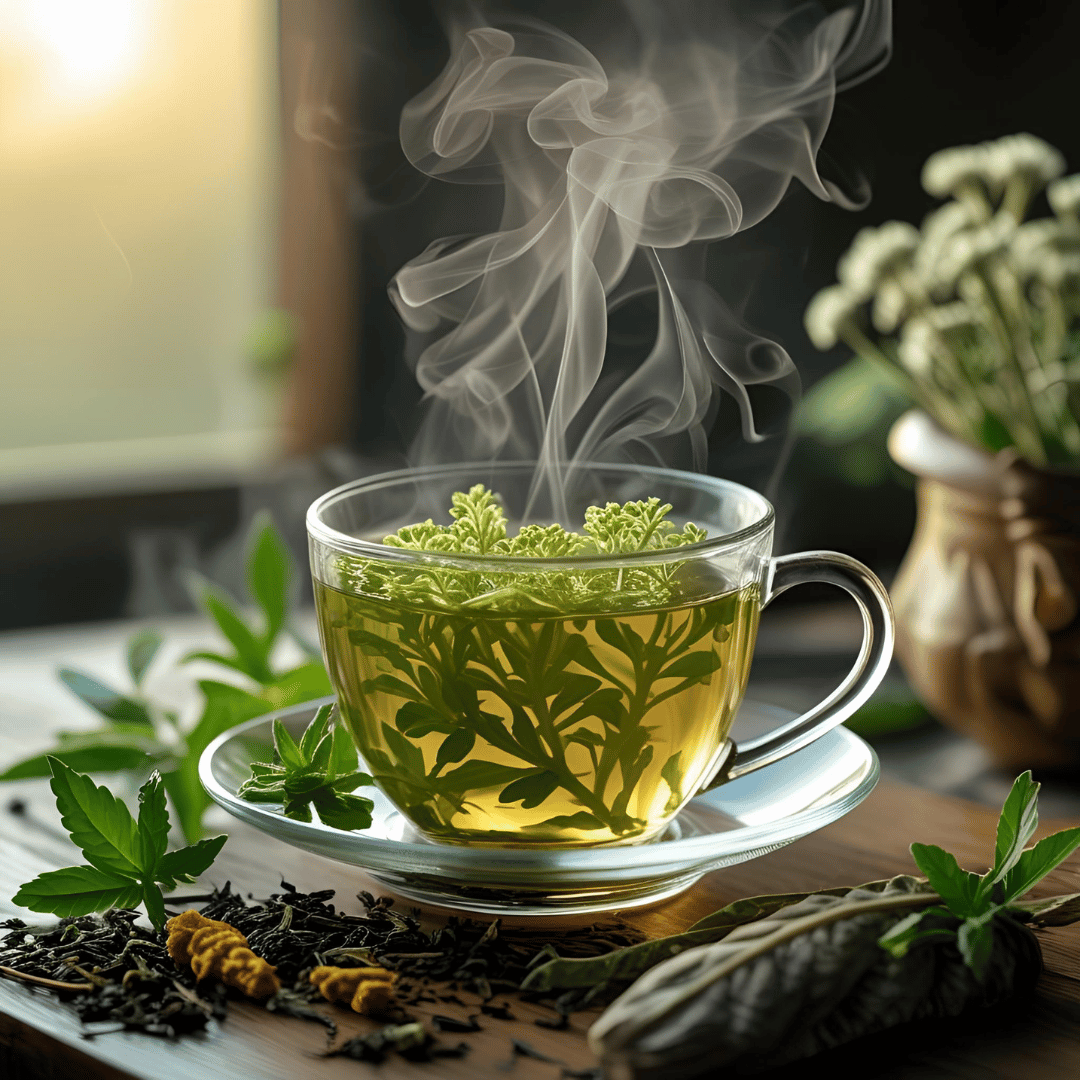

Brew fresh Lemon Balm and Spearmint leaves together for a calming tea that cools the body, lifts the mood, and eases nervous tension. A gentle option for daytime calm without drowsiness.Herbal Synergy Note: Mint amplifies Lemon Balm’s digestive-soothing qualities, making this blend perfect after evening meals.
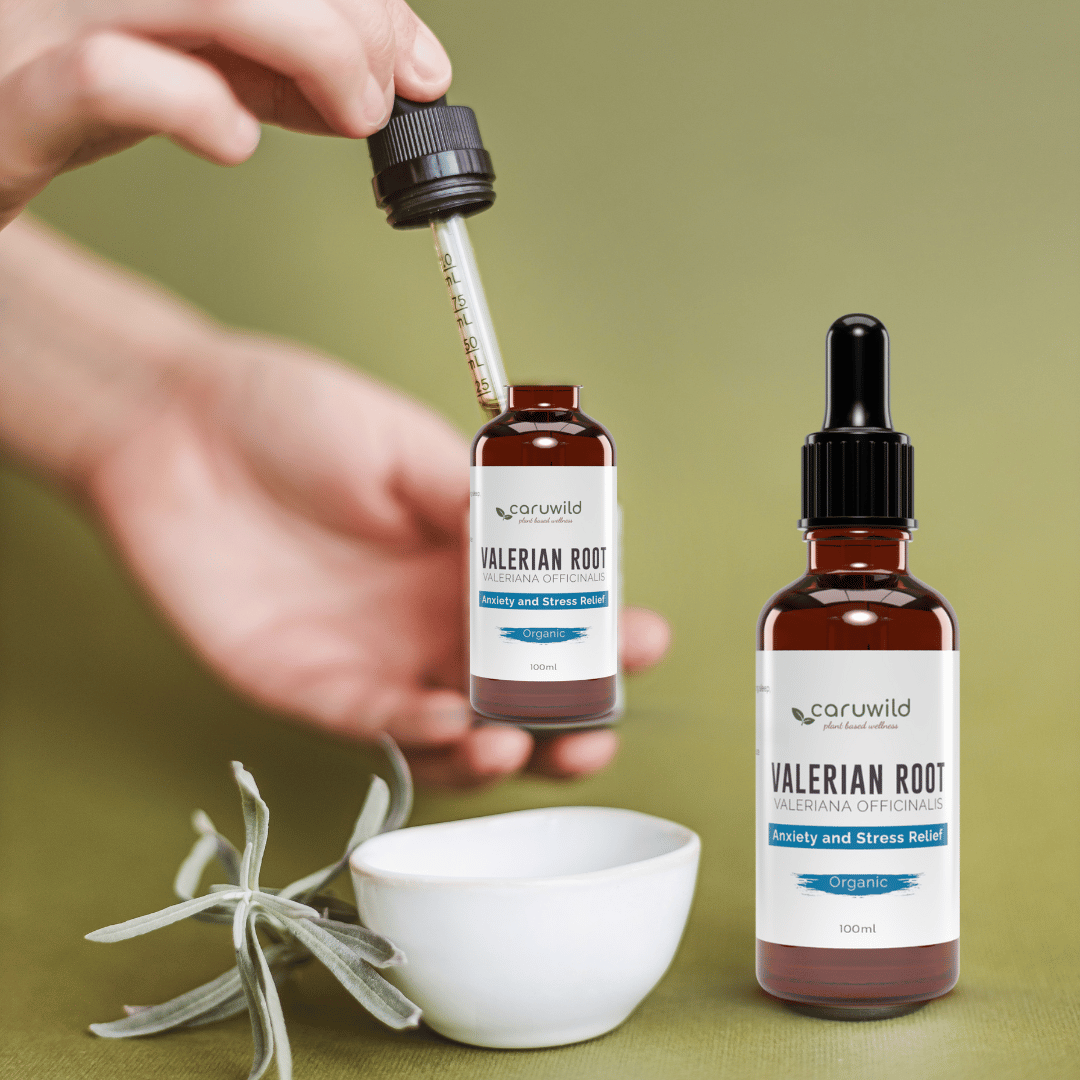

Steep Valerian root for a traditional remedy that supports relaxation and helps ease insomnia. Best enjoyed sparingly, this potent herb is a favourite for quieting a racing mind.Herbal Synergy Note: Works beautifully alongside Chamomile or Lemon Balm to round out its sometimes earthy, bitter taste.

Brew fresh Lemon Balm and Spearmint leaves together for a calming tea that cools the body, lifts the mood, and eases nervous tension. A gentle option for daytime calm without drowsiness. Herbal Synergy Note: Mint amplifies Lemon Balm’s digestive-soothing qualities, making this blend perfect after evening meals.

Steep Skullcap leaves with St John’s Wort flowers for 10 minutes in hot water. This gentle blend supports relaxation, eases anxious tension, and uplifts the mood, making it a traditional remedy for stress-related restlessness. Herbal Synergy Note: Skullcap calms the nerves, while St John’s Wort brings lightness to low spirits — a balanced pairing for stress and mood support.*

Brew fresh Lemon Balm and Spearmint leaves together for a calming tea that cools the body, lifts the mood, and eases nervous tension. A gentle option for daytime calm without drowsiness.Herbal Synergy Note: Mint amplifies Lemon Balm’s digestive-soothing qualities, making this blend perfect after evening meals.

Steep Valerian root for a traditional remedy that supports relaxation and helps ease insomnia. Best enjoyed sparingly, this potent herb is a favourite for quieting a racing mind.Herbal Synergy Note: Works beautifully alongside Chamomile or Lemon Balm to round out its sometimes earthy, bitter taste.




“Discover the plants behind the remedies
Did You Know?
Chamomile was one of the nine sacred Anglo-Saxon herbs.
“Chamomile was known as the ‘plants’ physician,’ believed to strengthen nearby herbs and bring harmony to the garden.”
Women’s Wellness & Balance
For centuries, women have turned to the healing power of herbs to nurture balance, vitality, and resilience. From easing monthly cycles to supporting hormonal health, these plants offer gentle, grounding remedies that honour the rhythm of the body.
“The bundle brought so much beauty and purpose to my garden. Yarrow’s flowers are stunning, and Motherwort has been a gentle ally during stressful times.”
Planting the Women’s Wellness bundle felt like creating a little sanctuary just for me. Every time I pick fresh Lemon Balm or see the Evening Primrose bloom, I’m reminded to slow down and care for myself.”
There’s something empowering about stepping outside, harvesting herbs, and blending a tea that feels made for women like me. This bundle is more than plants — it’s a ritual.

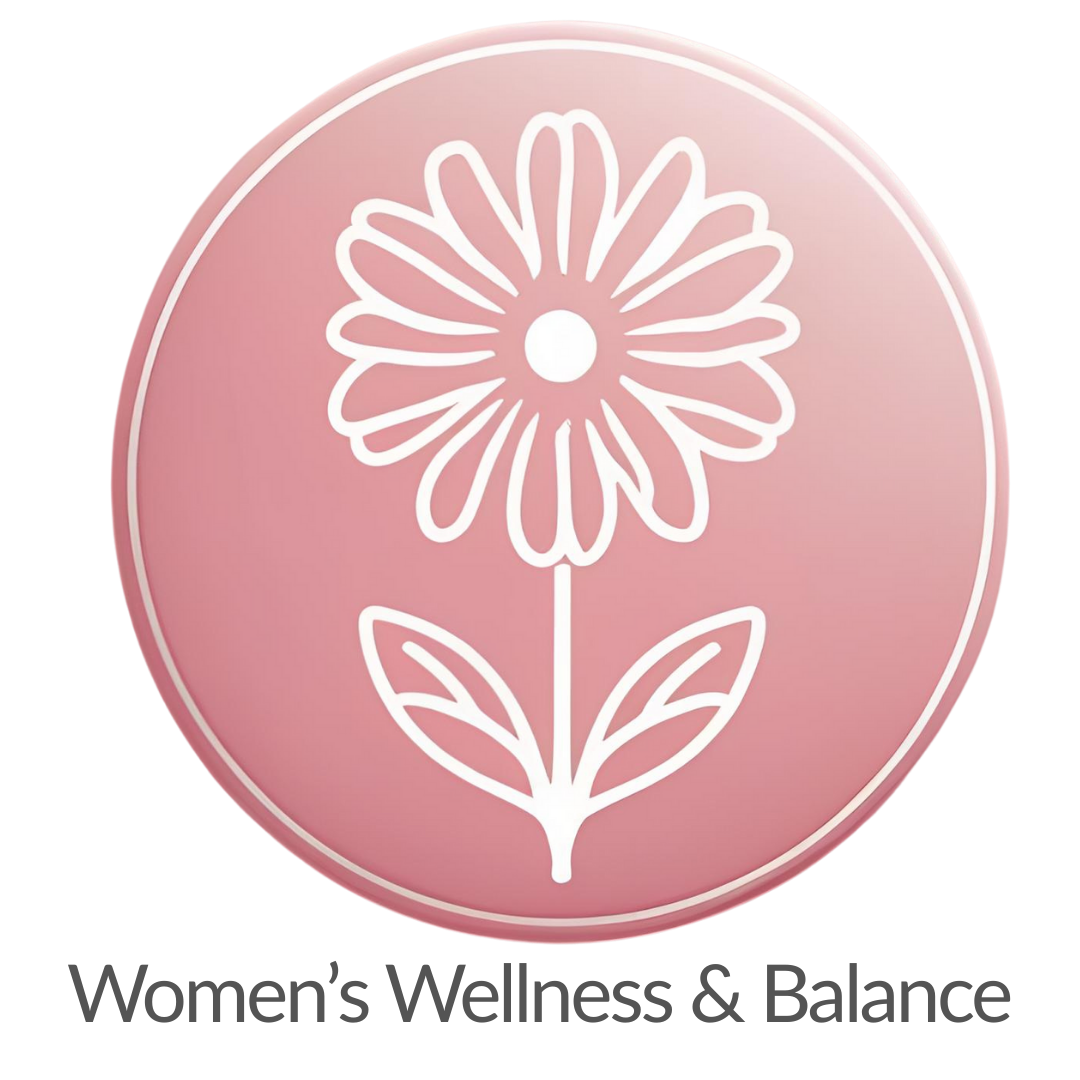
Brew Motherwort leaves for a calming infusion that helps ease tension and offers gentle support for women’s cycles and emotional balance.Herbal Synergy Note: Motherwort’s bitter compounds support circulation, and pairing it with Lemon Balm enhances its nervine (calming) qualities.
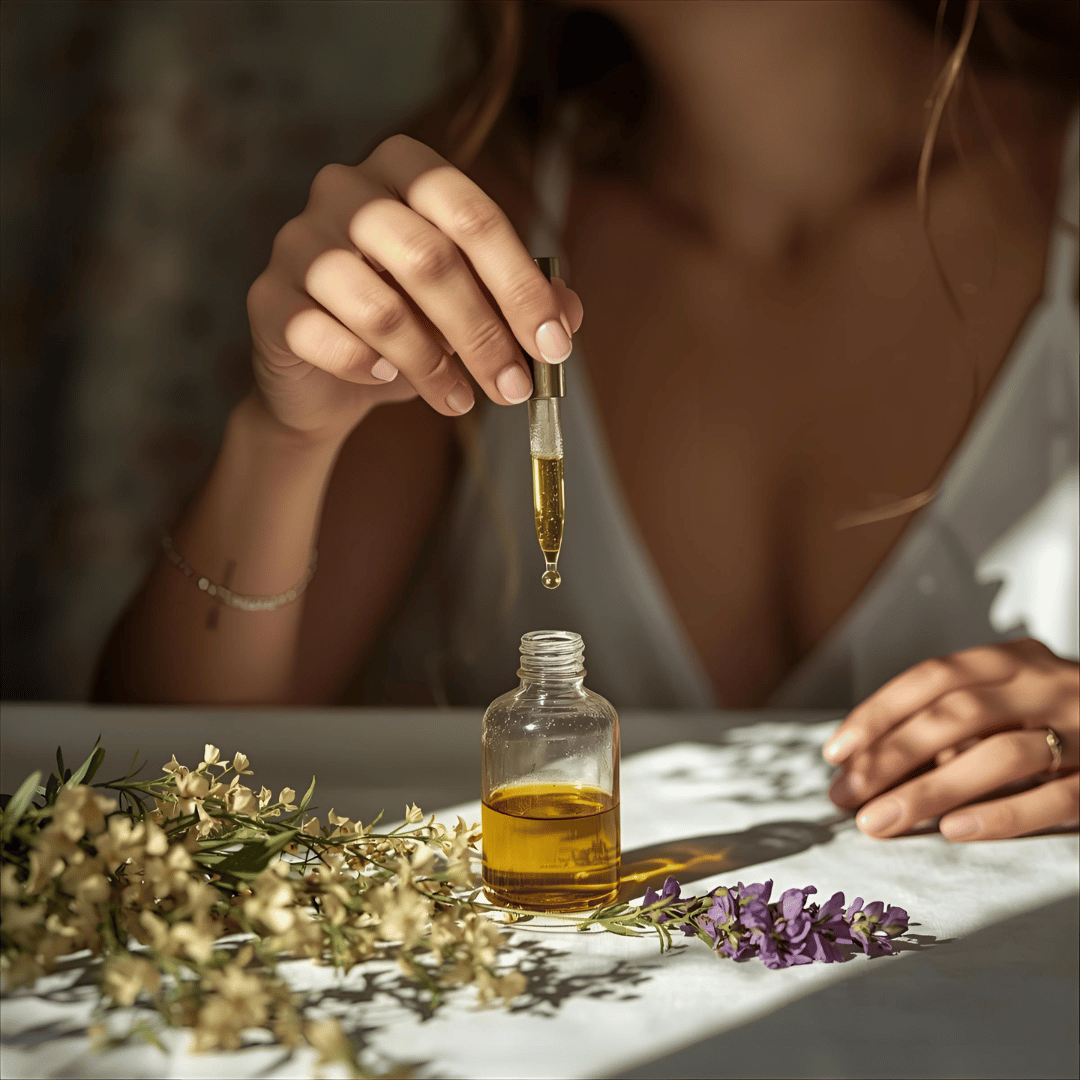
Infuse dried Evening Primrose flowers and leafy tops in olive oil to create a soothing oil for gentle abdominal massage or as a base for natural skin care.
Herbal Synergy Note: Evening Primrose’s nourishing oils combine beautifully with Yarrow, enhancing its skin-soothing and restorative effects.

Brew Motherwort leaves for a calming infusion that helps ease tension and offers gentle support for women’s cycles and emotional balance.Herbal Synergy Note: Motherwort’s bitter compounds support circulation, and pairing it with Lemon Balm enhances its nervine (calming) qualities.
Infuse dried Evening Primrose flowers and leafy tops in olive oil to create a soothing oil for gentle abdominal massage or as a base for natural skin care.
Herbal Synergy Note: Evening Primrose’s nourishing oils combine beautifully with Yarrow, enhancing its skin-soothing and restorative effects.


